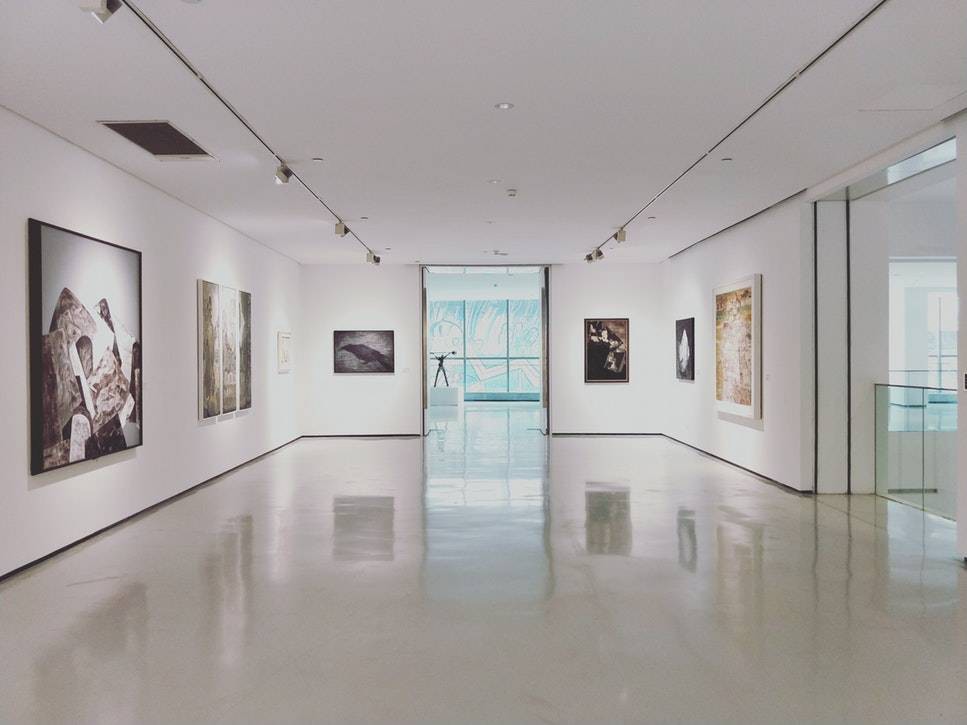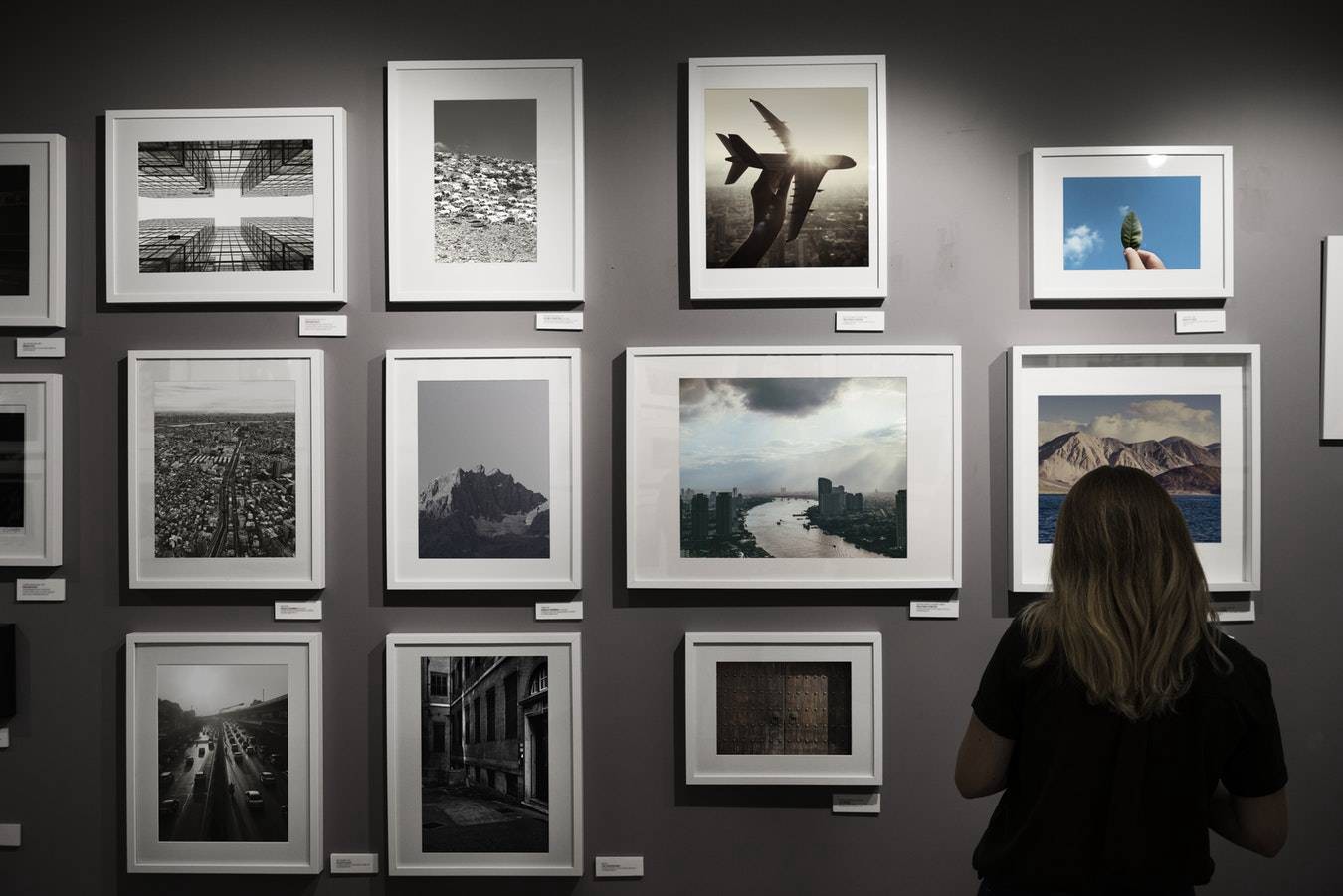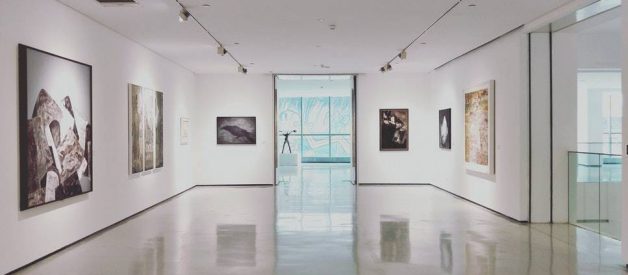Despite the popular belief, assembling an array or random art pieces does not automatically constitute an art collection. Bringing together a few contemporary abstract paintings, a couple of post-war prints and a Mexican antique masque still doesn?t mean that you have a collection on your hands. Though artistic in its nature, this accumulation of art objects represents merely a group of wonderfully diverse pieces acquired by an enthusiastic art buyer.
Unlike simple art assemblages, art collections are well-planned projects, established when collectors submerge themselves deep into the subject of their interest and spend years and years looking for very particular art pieces that can bring the entire narrative together.
So what is that fine line that separates regular art buyers from art collectors?
Every art buyer looking to turn himself or herself into an art collector has to overcome two obstacles. First, they have to select a central theme of their collection. Second, they have to be able to research the subject matter and then evaluate and decide which artwork to buy to turn their bulk of artworks into a comprehensive, curated story.

An art collection is a well-thought-through accumulation of works connected by theme, conceptually. Choosing a focal point of a collection is rarely a rational decision. At first, collectors simply buy whatever they like, without giving much thought to it. This is a great way to explore their taste and interests, but after a while, a pattern begins to appear.
By posing questions like ?what is it that attracts me to this piece and not the other,? and ?what are the concepts, ideas, and themes that my artworks embody?, collectors are able to see the common threads in their acquired works. Once they define these common threads, they begin to refine their buying to find pieces that complement the central theme. They take on a holistic approach and dig deep to explore every aspect of the subject of their interest. Subsequently, their acquisitions become more purposeful and deprived of any randomness, as they look for specific items that can conceptualize the central topic.
An art collection usually centers on a certain object, a type of object or an artist, that the works in the collection tell a story about. Some art collectors limit their acquisitions to a small segment of a genre (like 1930s Abstract painting in California) and gather a variety of artworks from that period that best represent and elaborate on the genre.
Other collections tell a bigger story about a certain period or school or art, such as contemporary African art or German Expressionism. Also, collectors can focus on a single artist and gather pieces that follow his or her professional development over time. A collection dedicated to a prominent painter, for example, can gather early drawings and graphics as well as the artist?s famed canvas works and perhaps, lesser-known prints.
How to Organize the Art Collection
Just like an art exhibition, every good collection has a beginning, a middle and an end. Collections can be organized in many different ways: by date, by artist, by style or by location. The artworks can be arranged chronologically or by their dimensions. An abstract art collector, for instance, can separate his pieces by topic and dedicate one part of the collection to geometric abstraction, other to lyrical abstraction and third to Abstract expressionism.
Certain collectors, however, have a more eclectic taste. Their art collections gather a variety of pieces that represent seemingly irreconcilable styles, genres, and artists, but a skillful art collector can combine even such a mixture of works into a comprehensive and cohesive narrative. At times, collector?s taste and preferences can come together to form a collection that speaks more about its owner than anything else. By looking at such collections, viewers can learn about the collectors? personality, preferences, travels, and the way they experienced art.
What makes great collectors great is their ability to select separate works of art and arrange them in such a way, that they amplify our understanding of a certain art genre, artist or art in general. In a superior art collection, everything has its place. Nothing is random or chaotic, and every art piece relates to one another. That?s what makes an art collection value span far beyond the value of its individual parts.

The Impact of an Outstanding Art Collection
Needless to say, good collections are in high demand. As a holistic body of work, private art collections are of interest to museums, funds and major institutions. At times, museums will pay multimillion-dollar prices for an outstanding collection of works.
In 1984, American art collector Sam Wagstaff sold his collection of photographs for about $4.5M to J. Paul Getty Museum in Los Angeles where it became the cornerstone of the Museum?s newly formed Department of Photographs.
And when collectors run out of space to store their valuable possessions, they may even decide to open a private art museum and share their art with the public. An extensive collection of avant-garde paintings by an American businessman and art lover Solomon R. Guggenheim, for instance, is available to the visitors of the Guggenheim Museum in New York, while the artworks gathered by his niece, are on view at Peggy Guggenheim Museum, one of the most visited art venues in Venice, Italy.
In-depth art collections can make a tremendous contribution to the art world in general. Like an adult game of show and tell, a well-researched and organized collection can tell more about the artist, the genre or the art period it focuses on than any history book ever could. And that?s what makes art collectors respected as an art authority who determines not only current trends but also future standards and the course of art history.
Note:
This article was created by Art Acacia Gallery & Advisory in collaboration with Milica Jovic. Original text, as well as other posts on contemporary art, culture, and society, can be found here.
To stay up to date and learn more about the art world, get inspired by amazing works, receive art insights and discounts at our gallery ? sign up for our bi-weekly Newsletter here.
To discover artists we support ? please, visit our online gallery.
If you are on social media ? follow us on Instagram, Facebook, Pinterest, LinkedIn and never miss a thing!


